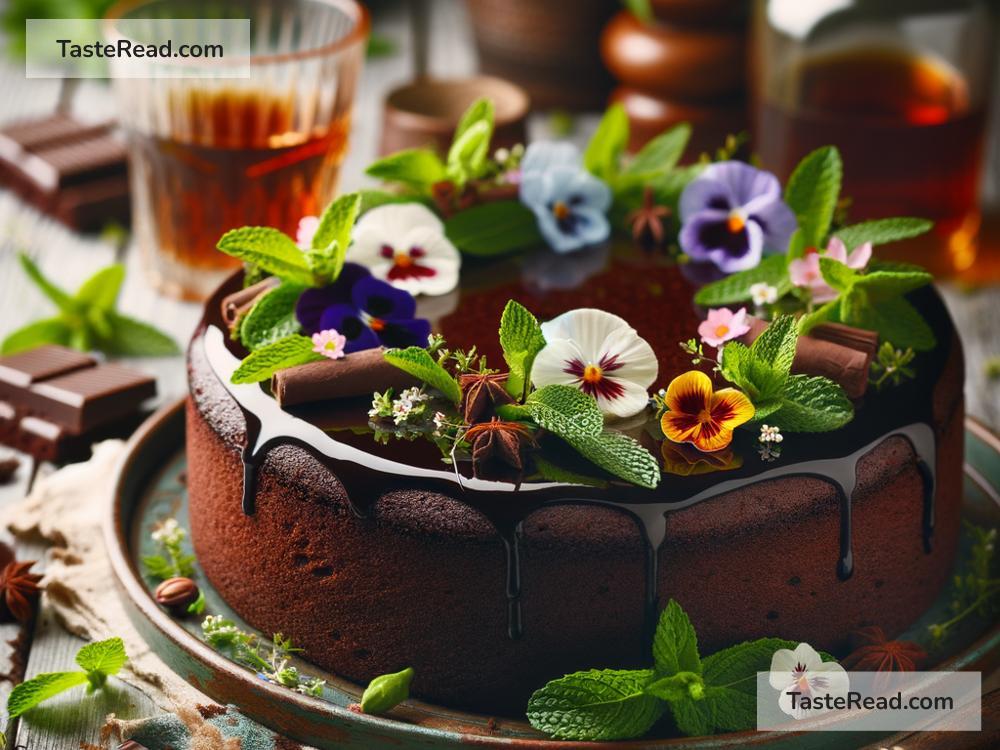Unlocking Sweet Magic: Advanced Techniques for Infusing Alcohol into Desserts
The art of dessert making is magical, isn’t it? Adding alcohol into the mix? Now, that’s like casting a spell that transforms a good dessert into an unforgettable one. Alcohol doesn’t just bring its unique flavors into play; it introduces a complexity that can elevate a dessert from delicious to downright divine. But how do you go beyond the basics and infuse alcohol into your desserts like a culinary wizard? Let’s dive into some advanced techniques that’ll help you enchant your sweet creations.
1. Alcohol-Soaked Fruits
Starting off with something seemingly simple but with room for sophistication – alcohol-soaked fruits. This method involves marinating fruits in alcohol for several days or even weeks. The key here is not just to soak the fruit but to choose a combination where the flavors of the fruit enhance the alcohol and vice versa. For example, cherries in brandy or peaches in bourbon. The twist? Use these boozy fruits in your pies, cakes, or even as a topping for ice cream. Just remember, the longer the fruits soak, the more intense the flavors.
2. Boozy Syrups
Boozy syrups are your secret sauce, literally. They’re versatile and can be drizzled over or infused into various desserts. To make a boozy syrup, start with a basic simple syrup (equal parts water and sugar) and then add your chosen alcohol once the syrup has cooled. Why after cooling? To retain the alcohol’s strength and flavor. Imagine a lavender-infused gin syrup drizzled over lemon sorbet or a rum syrup soaked into a fluffy sponge cake. Divine!
3. Alcohol-Infused Creams and Custards
Now we’re getting into the territory where technique really starts to matter. When you add alcohol to cream or custard, the challenge is to maintain the structure while introducing a new flavor profile. The trick? Add alcohol towards the end of the preparation process and in moderation. Too much alcohol can cause the mixture to curdle or fail to set properly. An example could be a bourbon-infused chocolate mousse or a tiramisu with a hint of rum in the mascarpone filling.
4. Alcoholic Ice Creams and Sorbets
Making alcoholic ice cream or sorbet introduces a fascinating challenge – alcohol’s freezing point is much lower than water, which means incorporating it without ending up with a slushy mess requires precision. The secret is balance, typically using no more than ¼ cup of alcohol per quart of mixture. Getting it right, though, rewards you with incredibly smooth, delightfully flavored frozen desserts. How about a gin and tonic sorbet or a raspberry and champagne ice cream?
5. Flambéed Desserts
Flambéing might seem like a technique more about dramatic presentation than flavor, but it actually serves a dual purpose. By igniting the alcohol (usually a high-proof one like rum or brandy), you burn off the harsh alcohol taste, leaving behind a rich, caramelized flavor that’s perfect for dishes like bananas Foster or cherimoya flambé. Remember, flambéing is not just for the show; it’s for a subtle infusion of complexity into the dessert.
6. Boozy Baking
This involves more than just adding a splash of alcohol to your cake batter (though that’s a start). Advanced boozy baking might include creating layered desserts with different components infused with various alcohols or utilizing alcohol-soaked nuts and dried fruits. It’s about thinking of how the alcohol can complement and contrast with the other flavors in the dessert. For example, a stout beer chocolate cake or a whiskey-soaked pecan pie.
7. Alcohol Powders
Welcome to the frontiers of culinary science, where alcohol is transformed into powder form using maltodextrin, a tasteless, edible carbohydrate derived from starch. This powder can then be sprinkled onto desserts, added into mixes, or used to create unique garnishes. It’s a fantastic way to add a concentrated burst of flavor without altering the dessert’s structure or moisture content.
The Alchemy of Experimentation
The ultimate key to successfully infusing alcohol into desserts lies in experimentation. Each alcohol brings its own flavor and character to the table – from the warmth of bourbon to the sharpness of vodka or the depth of wine. The techniques above are just the beginning. The real magic happens when you start to play, combine, and refine, creating desserts that not only taste fantastic but also tell a story and evoke emotions.
Remember, while the goal is to enhance, it’s easy to go overboard. Balance is critical – the alcohol should complement, not overpower, the dessert.
With these advanced techniques in your culinary toolkit, you’re well on your way to unlocking the sweet magic of alcohol-infused desserts. So, go ahead, cast your spell, and watch as your desserts transform into enchanting creations that mesmerize with every bite.


